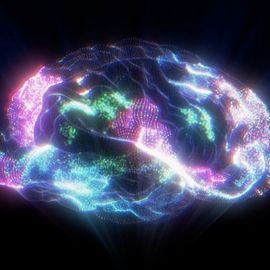Overview
- Researchers found that both TBG and the psychedelic 5-MeO-DMT activate the serotonin 2A receptor and downstream proteins TrkB, mTOR and AMPA to promote cortical neuroplasticity.
- TBG functions as a partial agonist at 5-HT2A, eliciting robust plasticity without the full receptor activation that underlies hallucinogenic effects.
- Unlike full psychedelics, TBG induces dendritic spine growth in the prefrontal cortex without triggering glutamate bursts or immediate early gene expression.
- Targeted ablation of TBG-induced spines in rodents abolishes its sustained antidepressant-like effects, establishing spine growth as the causal mechanism.
- The study overturns the assumption that glutamate surges and gene activation are required for psychedelic-inspired neuroplasticity and points to nonhallucinogenic treatments.
